Quick Tunnels: Anytime, Anywhere


My name is Rishabh Bector, and this summer, I worked as a software engineering intern on the Cloudflare Tunnel team. One of the things I built was quick Tunnels and before departing for the summer, I wanted to write a blog post on how I developed this feature.
Over the years, our engineering team has worked hard to continually improve the underlying architecture through which we serve our Tunnels. However, the core use case has stayed largely the same. Users can implement Tunnel to establish an encrypted connection between their origin server and Cloudflare’s edge.
This connection is initiated by installing a lightweight daemon on your origin, to serve your traffic to the Internet without the need to poke holes in your firewall or create intricate access control lists. Though we’ve always centered around the idea of being a connector to Cloudflare, we’ve also made many enhancements behind the scenes to the way in which our connector operates.
Typically, users run into a few speed bumps before being able to use Cloudflare Tunnel. Before they can create or route a tunnel, users need to authenticate their unique token against a zone on their account. This means in order to simply Continue reading
The EPYC journey continues to Milan in Cloudflare’s 11th generation Edge Server

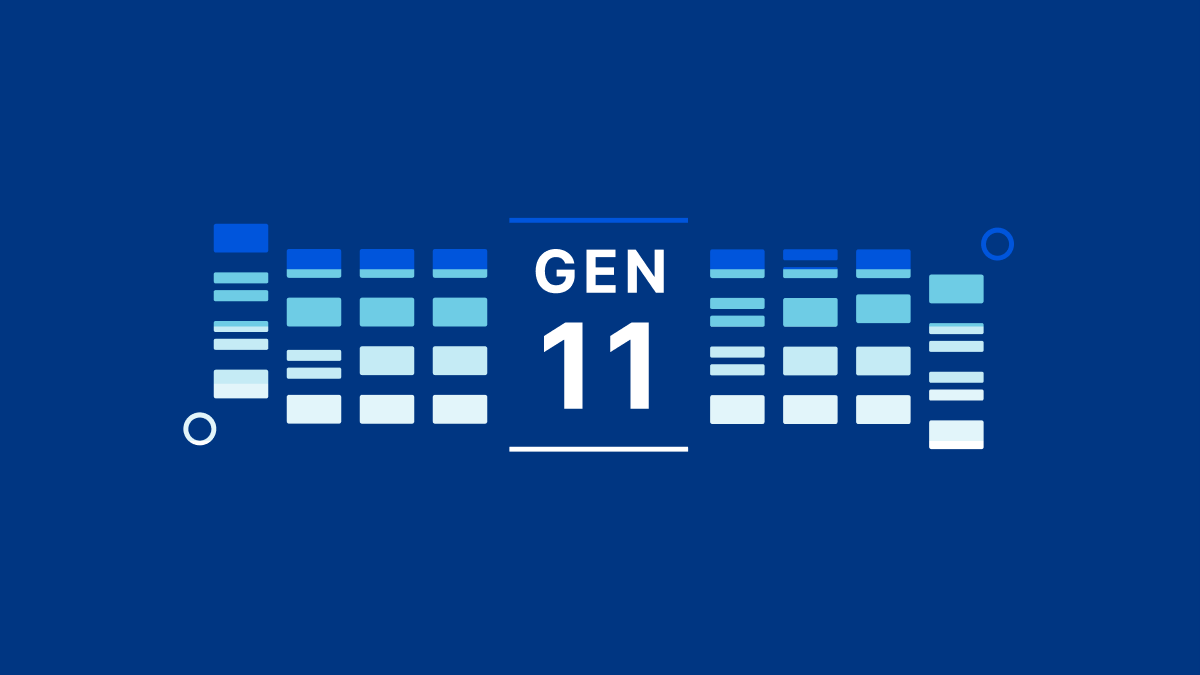
When I was interviewing to join Cloudflare in 2014 as a member of the SRE team, we had just introduced our generation 4 server, and I was excited about the prospects. Since then, Cloudflare, the industry and I have all changed dramatically. The best thing about working for a rapidly growing company like Cloudflare is that as the company grows, new roles open up to enable career development. And so, having left the SRE team last year, I joined the recently formed hardware engineering team, a team that simply didn’t exist in 2014.
We aim to introduce a new server platform to our edge network every 12 to 18 months or so, to ensure that we keep up with the latest industry technologies and developments. We announced the generation 9 server in October 2018 and we announced the generation 10 server in February 2020. We consider this length of cycle optimal: short enough to stay nimble and take advantage of the latest technologies, but long enough to offset the time taken by our hardware engineers to test and validate the entire platform. When we are shipping servers to over 200 cities around the world with a variety of regulatory Continue reading
Pin, Unpin, and why Rust needs them
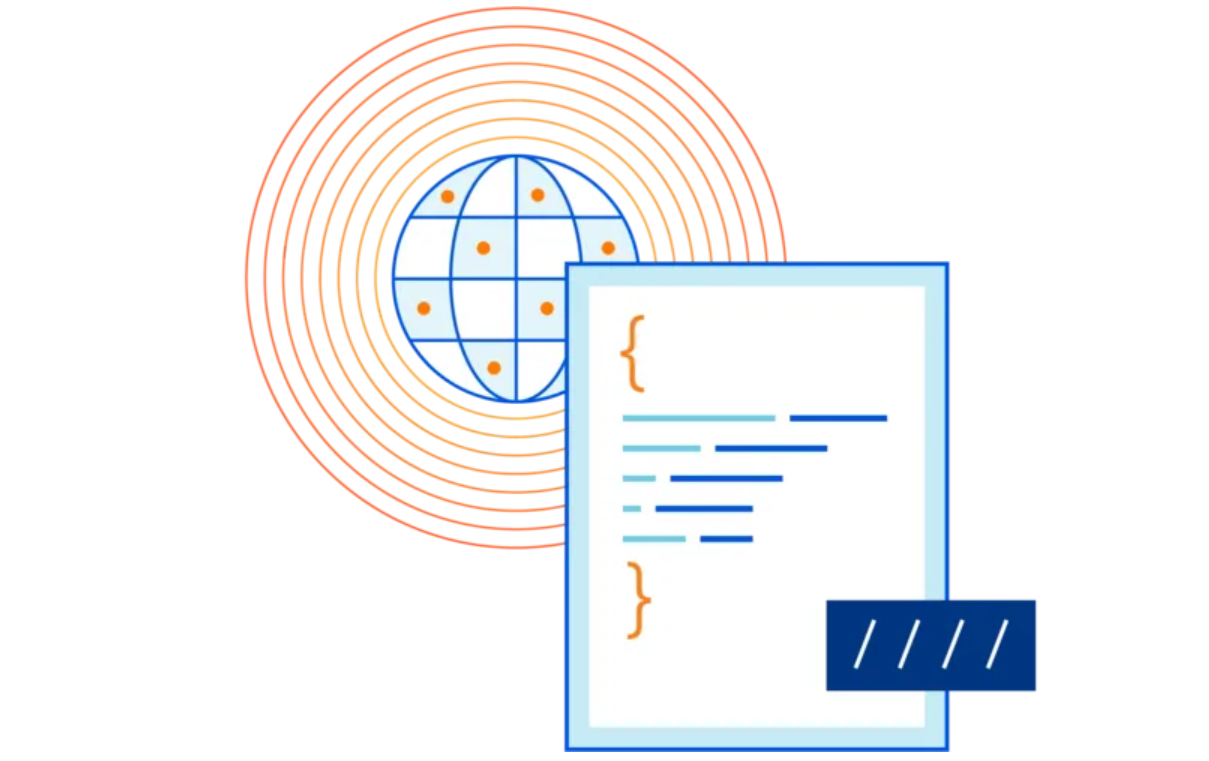
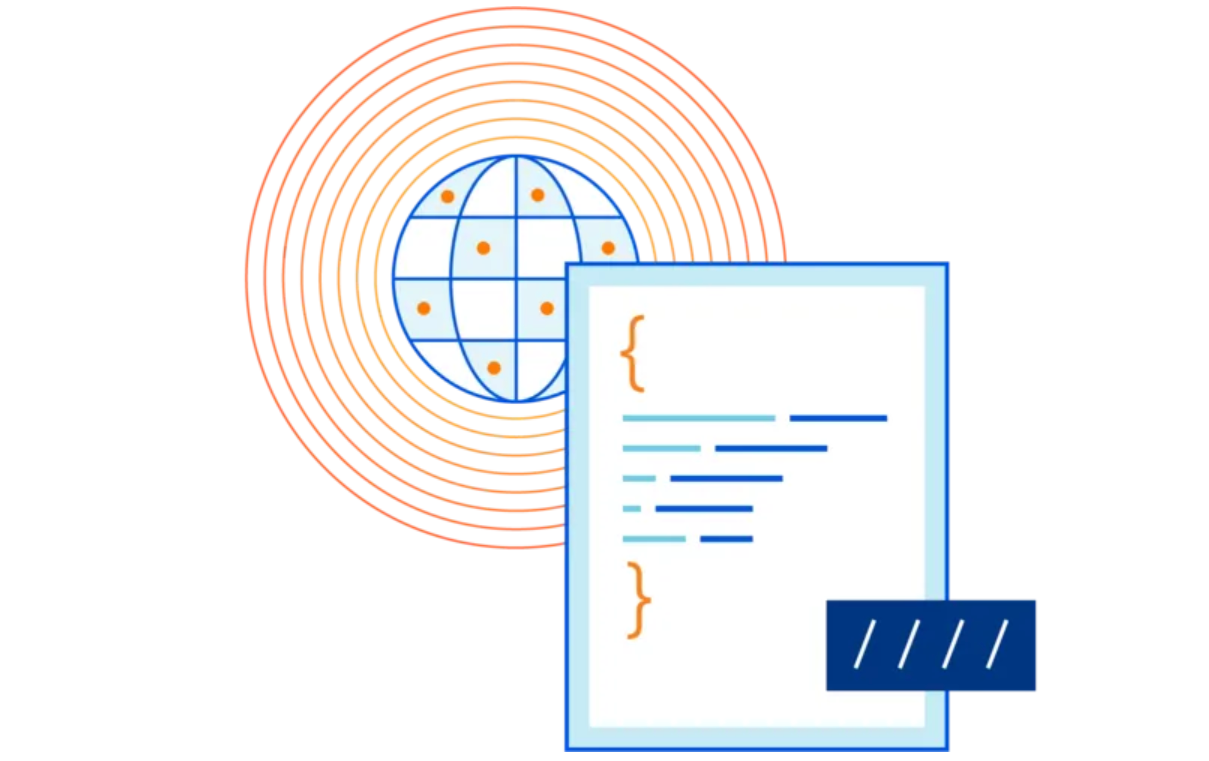
Using async Rust libraries is usually easy. It's just like using normal Rust code, with a little async or .await here and there. But writing your own async libraries can be hard. The first time I tried this, I got really confused by arcane, esoteric syntax like T: ?Unpin and Pin<&mut Self>. I had never seen these types before, and I didn't understand what they were doing. Now that I understand them, I've written the explainer I wish I could have read back then. In this post, we're gonna learn
- What Futures are
- What self-referential types are
- Why they were unsafe
- How Pin/Unpin made them safe
- Using Pin/Unpin to write tricky nested futures
What are Futures?
A few years ago, I needed to write some code which would take some async function, run it and collect some metrics about it, e.g. how long it took to resolve. I wanted to write a type TimedWrapper that would work like this:
// Some async function, e.g. polling a URL with [https://docs.rs/reqwest]
// Remember, Rust functions do nothing until you .await them, so this isn't
// actually making a HTTP request yet.
let async_fn = reqwest::get("http://adamchalmers.com");
// Wrap the Continue readingIntroducing logs from the dashboard for Cloudflare Workers
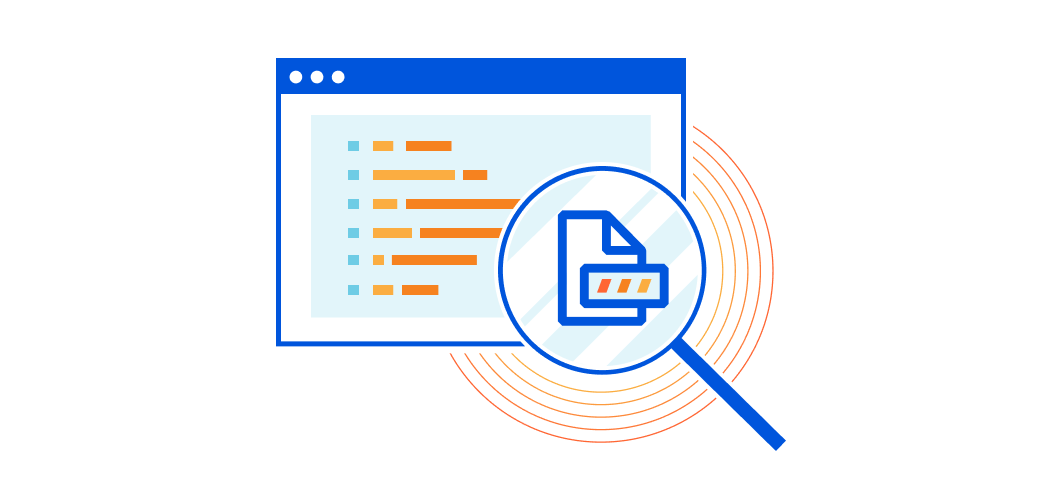

If you’re writing code: what can go wrong, will go wrong.
Many developers know the feeling: “It worked in the local testing suite, it worked in our staging environment, but… it’s broken in production?” Testing can reduce mistakes and debugging can help find them, but logs give us the tools to understand and improve what we are creating.
if (this === undefined) {
console.log("there’s no way… right?") // Narrator: there was.
}
While logging can help you understand when the seemingly impossible is actually possible, it’s something that no developer really wants to set up or maintain on their own. That’s why we’re excited to launch a new addition to the Cloudflare Workers platform: logs and exceptions from the dashboard.
Starting today, you can view and filter the console.log output and exceptions from a Worker… at no additional cost with no configuration needed!
View logs, just a click away
When you view a Worker in the dashboard, you’ll now see a “Logs” tab which you can click on to view a detailed stream of logs and exceptions. Here’s what it looks like in action:
Each log entry contains an event with a list of logs, exceptions, Continue reading
Making Magic Transit health checks faster and more responsive
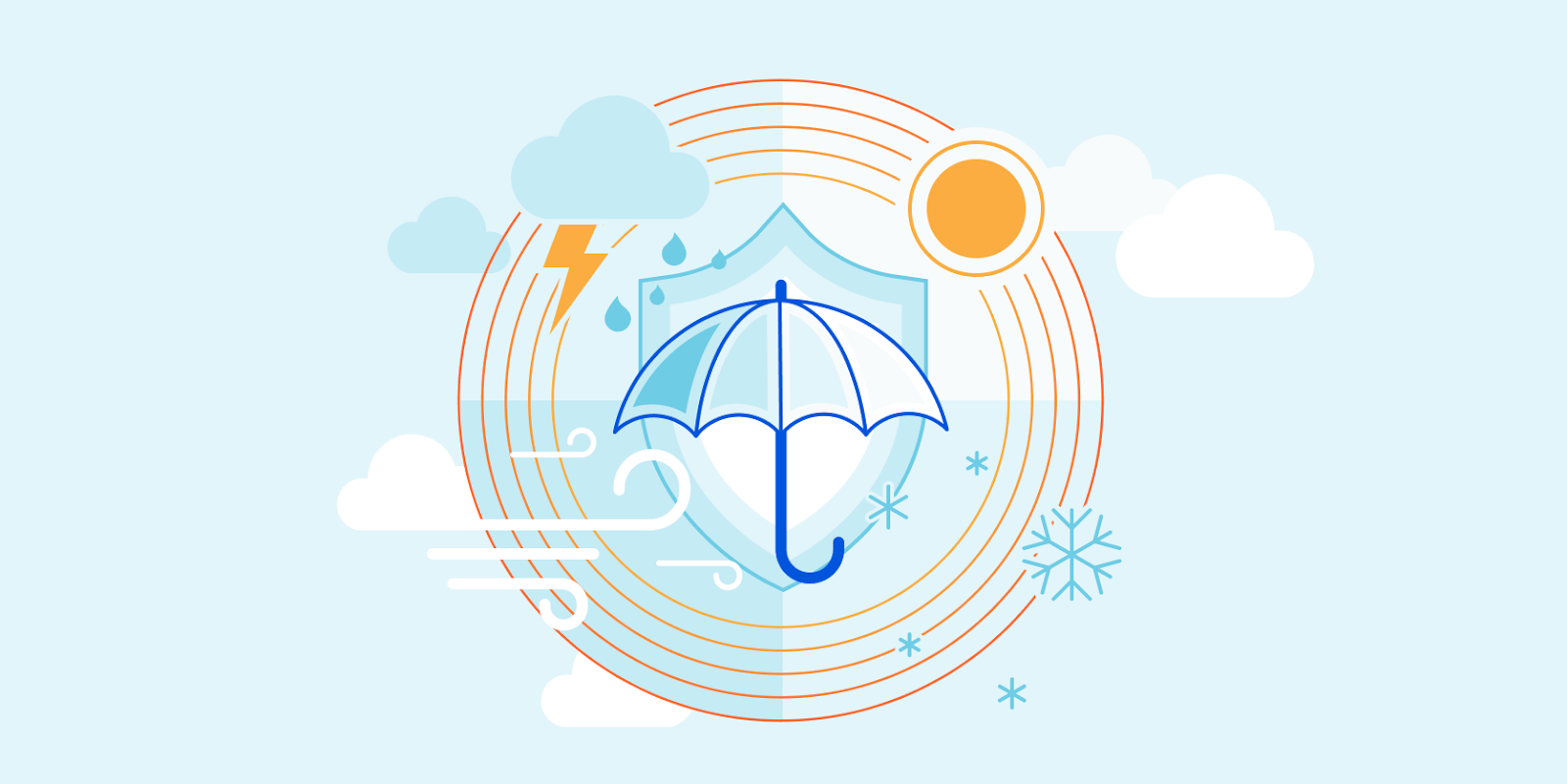
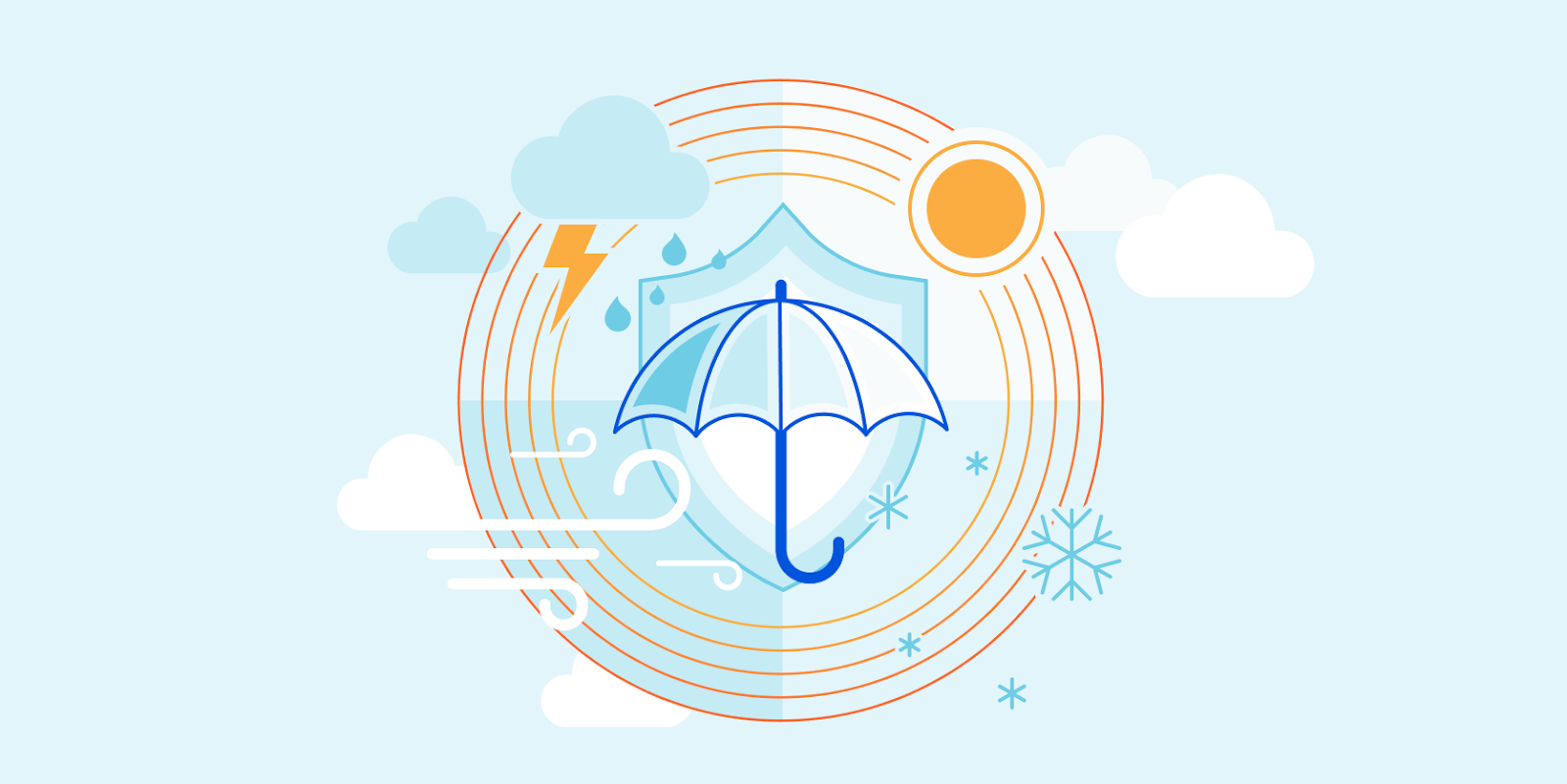
Magic Transit advertises our customer’s IP prefixes directly from our edge network, applying DDoS mitigation and firewall policies to all traffic destined for the customer’s network. After the traffic is scrubbed, we deliver clean traffic to the customer over GRE tunnels (over the public Internet or Cloudflare Network Interconnect). But sometimes, we experience inclement weather on the Internet: network paths between Cloudflare and the customer can become unreliable or go down. Customers often configure multiple tunnels through different network paths and rely on Cloudflare to pick the best tunnel to use if, for example, some router on the Internet is having a stormy day and starts dropping traffic.
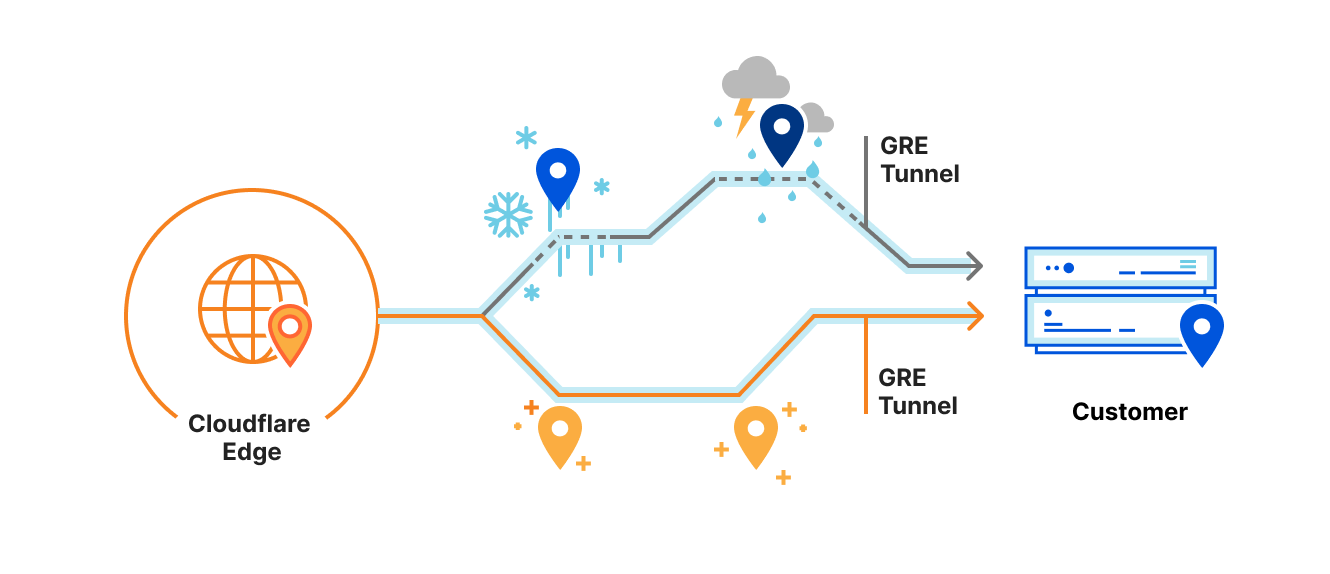
Because we use Anycast GRE, every server across Cloudflare’s 200+ locations globally can send GRE traffic to customers. Every server needs to know the status of every tunnel, and every location has completely different network routes to customers. Where to start?
In this post, I’ll break down my work to improve the Magic Transit GRE tunnel health check system, creating a more stable experience for customers and dramatically reducing CPU and memory usage at Cloudflare’s edge.
Everybody has their own weather station
To decide where to send traffic, Cloudflare edge servers Continue reading
Data protection controls with Cloudflare Browser Isolation

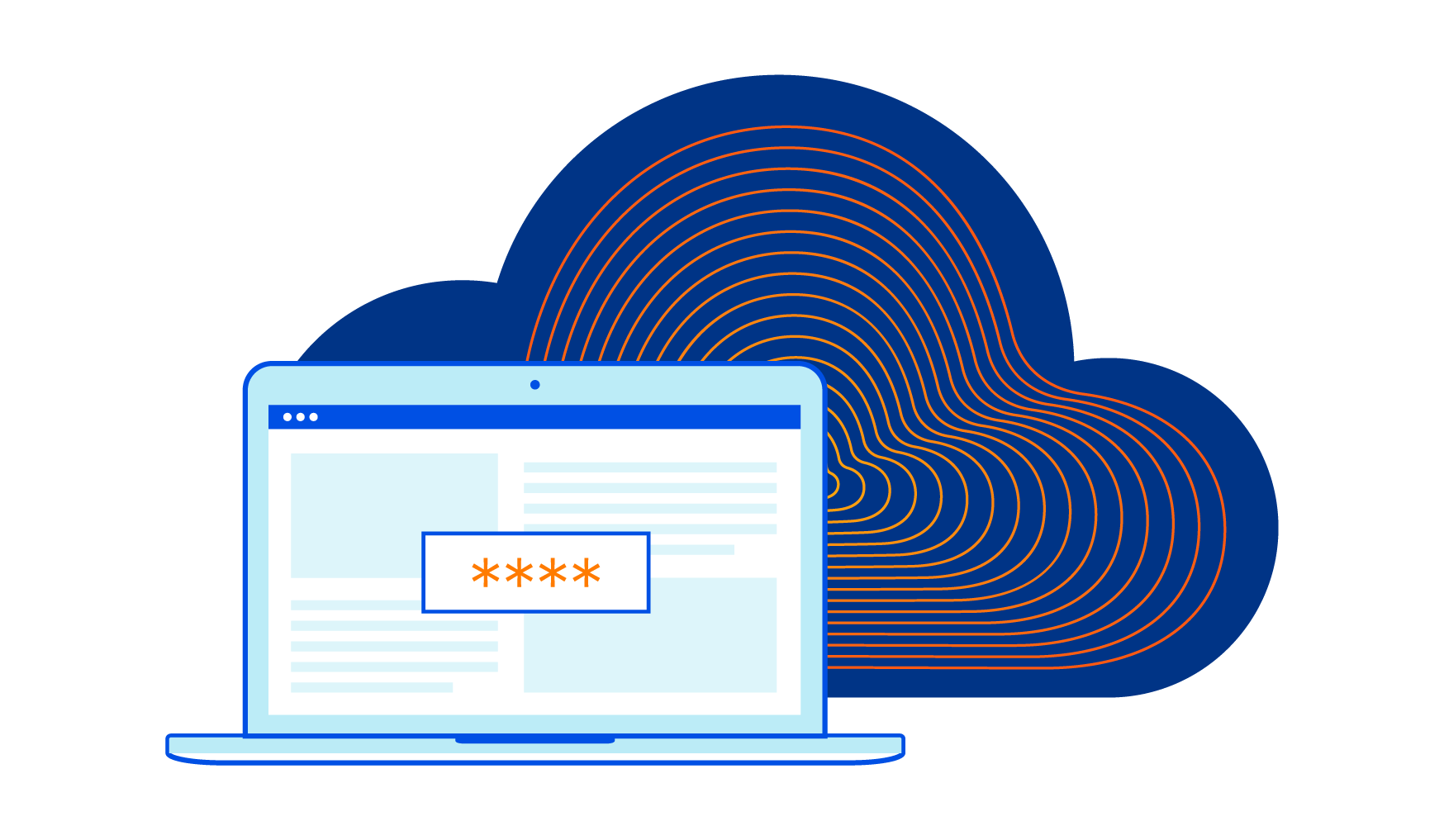
Starting today, your team can use Cloudflare’s Browser Isolation service to protect sensitive data inside the web browser. Administrators can define Zero Trust policies to control who can copy, paste, and print data in any web based application.
In March 2021, for Security Week, we announced the general availability of Cloudflare Browser Isolation as an add-on within the Cloudflare for Teams suite of Zero Trust application access and browsing services. Browser Isolation protects users from browser-borne malware and zero-day threats by shifting the risk of executing untrusted website code from their local browser to a secure browser hosted on our edge.
And currently, we’re democratizing browser isolation for any business by including it with our Teams Enterprise Plan at no additional charge.1
A different approach to zero trust browsing
Web browsers, the same tool that connects users to critical business applications, is one of the most common attack vectors and hardest to control.
Browsers started as simple tools intended to share academic documents over the Internet and over time have become sophisticated platforms that replaced virtually every desktop application in the workplace. The dominance of web-based applications in the workplace has created a challenge for security teams who Continue reading
Announcing Tenant Control in Cloudflare Gateway
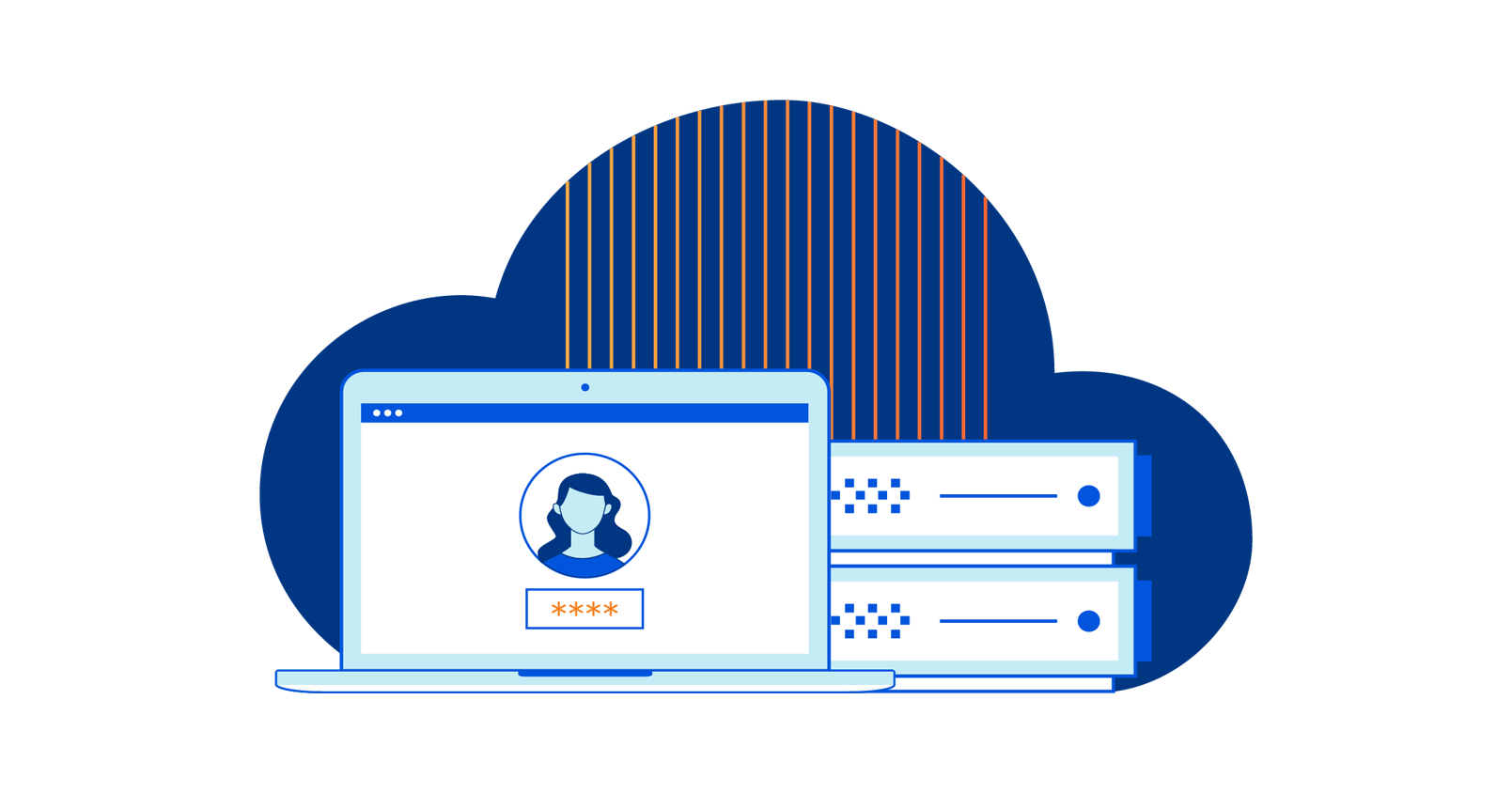
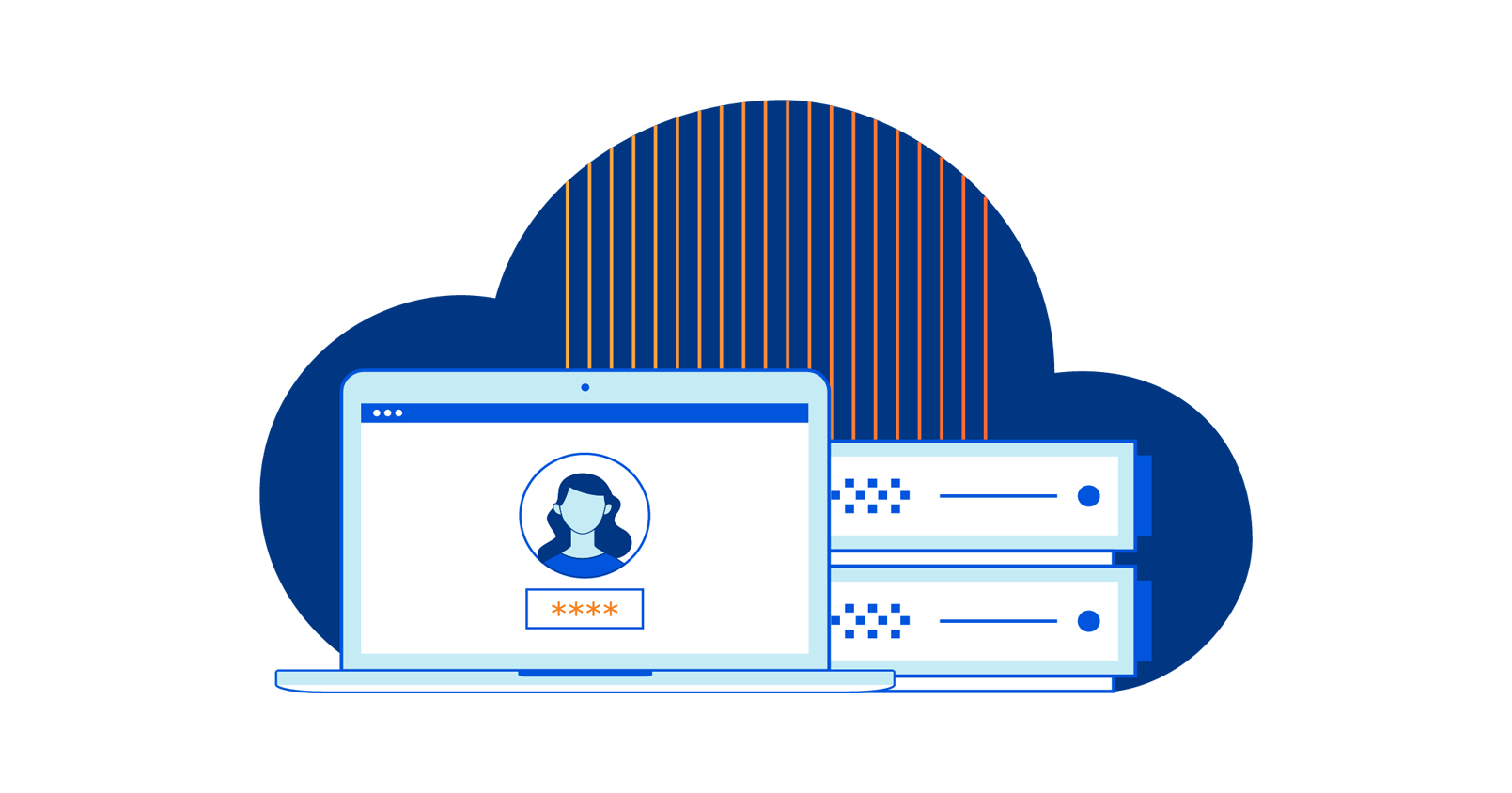
The tools we use at work are starting to look like the apps we use in our personal lives. We send emails for our jobs using Google Workspace and respond to personal notes in Gmail. We download PDFs from our team’s Dropbox and then upload images to our personal account. This can lead to confusion and mistakes—made worse by remote work when we forget to log off for the day.
Today, we’re excited to announce Tenant Control in Cloudflare Gateway, a new feature that helps keep our work at work. Organizations can deploy Cloudflare Gateway to their corporate devices and apply rules ensuring that employees can only log in to the corporate version of the tools they need. Now, teams can prevent users from logging in to the wrong instance of popular applications. What’s more, they can make sure corporate data stays within corporate accounts.
Controlling the application, alone, isn’t sufficient
Cloudflare Gateway provides security from threats on the Internet by sending all traffic leaving a device to Cloudflare’s network where it can be filtered. Organizations send traffic to Cloudflare by deploying the WARP agent, a WireGuard-based client built on feedback from our popular consumer app.

Cloudflare Gateway can be Continue reading
Building a Pet Cam using a Raspberry Pi, Cloudflare Tunnels and Teams
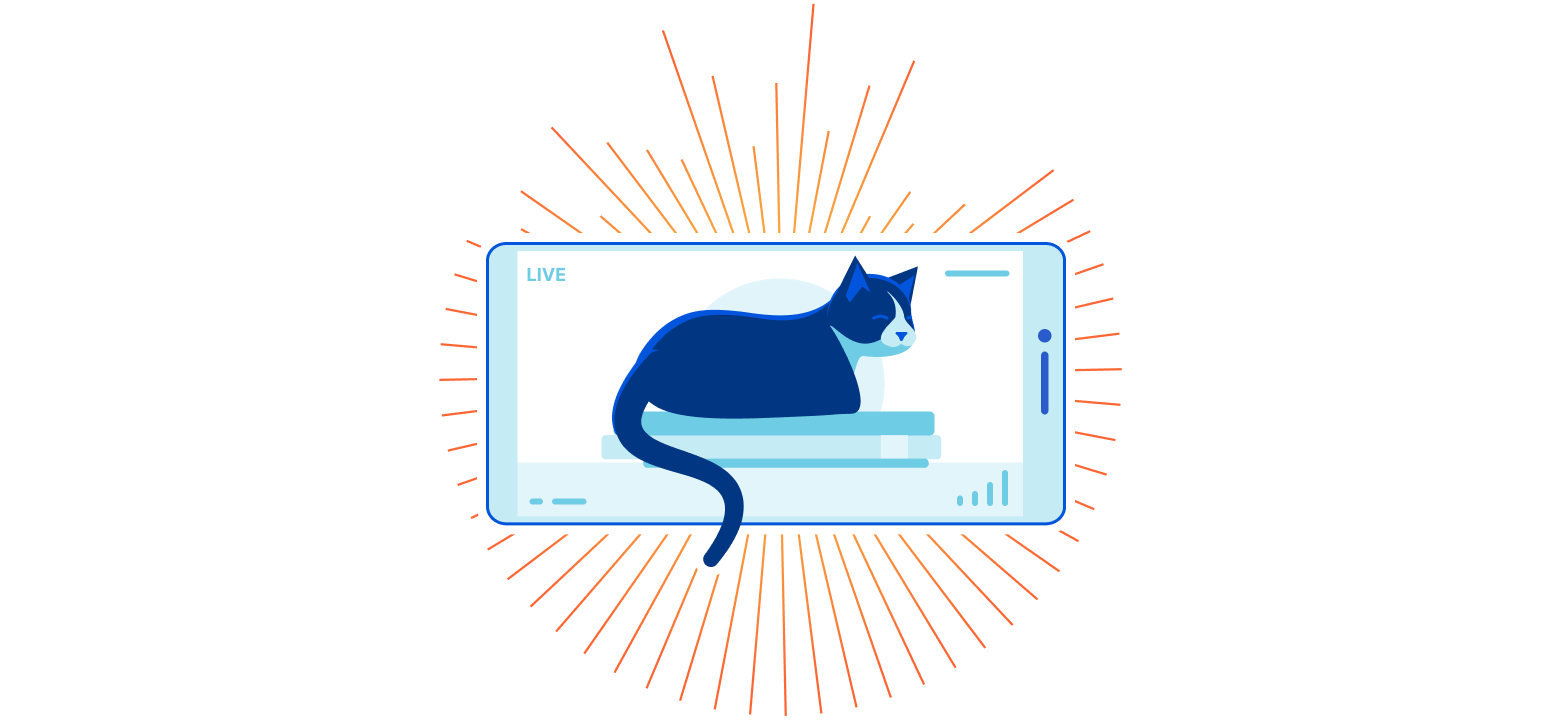

I adopted Ziggy in late 2020. It took me quite a while to get used to his routine and mix it with mine. He consistently jumped on the kitchen counter in search of food, albeit only when no one was around. And I only found out when he tossed the ceramic butter box. It shattered and made a loud bang in the late hours of the night. Thankfully, no one was asleep yet.
This got me thinking that I should keep an eye on his mischievous behaviour, even when I'm not physically at home. I briefly considered buying a pet cam, but I remembered I had bought a Raspberry Pi a few months before. It was hardly being used, and it had a case (like this) allowing a camera module to be added. I hadn’t found a use for the camera module — until now.
This was a perfect weekend project: I would set up my own pet cam, connect it to the Internet, and make it available for me to check from anywhere in the world. I also wanted to ensure that only I could access it and that it had some easy way to login, possibly using Continue reading
Cloudflare thwarts 17.2M rps DDoS attack — the largest ever reported

Earlier this summer, Cloudflare’s autonomous edge DDoS protection systems automatically detected and mitigated a 17.2 million request-per-second (rps) DDoS attack, an attack almost three times larger than any previous one that we're aware of. For perspective on how large this attack was: Cloudflare serves over 25 million HTTP requests per second on average. This refers to the average rate of legitimate traffic in 2021 Q2. So peaking at 17.2 million rps, this attack reached 68% of our Q2 average rps rate of legitimate HTTP traffic.
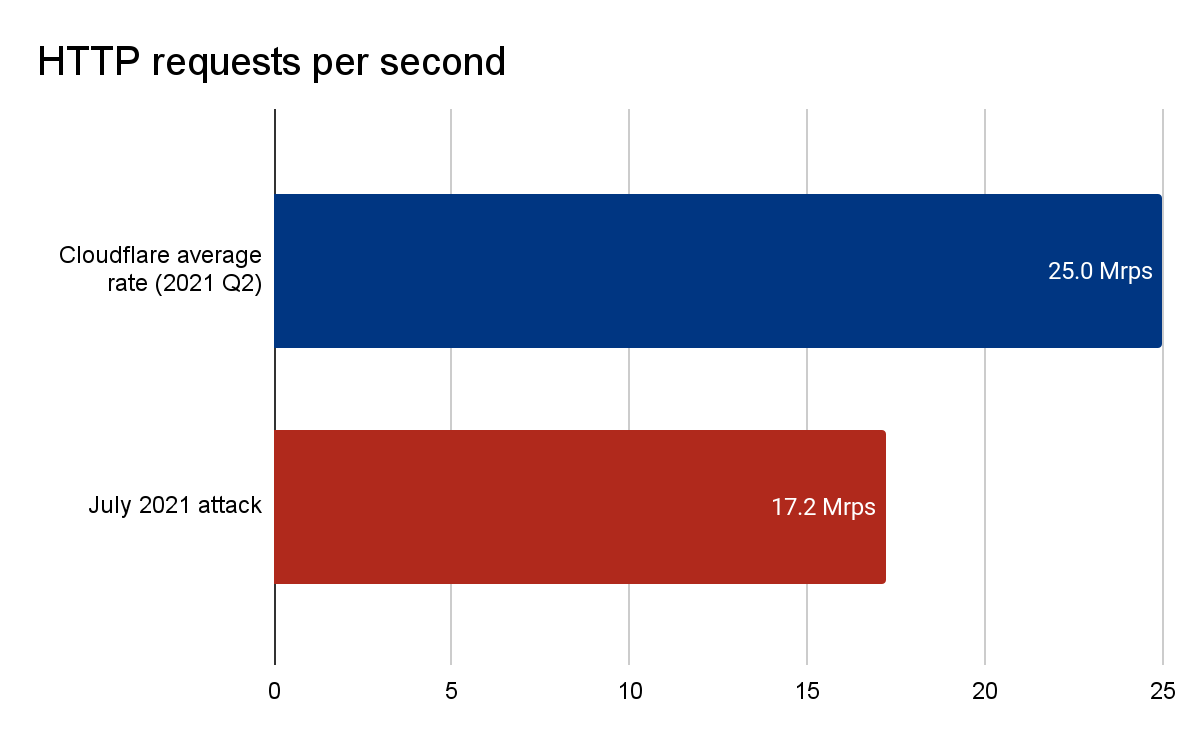
Automated DDoS mitigation with Cloudflare’s autonomous edge
This attack, along with the additional attacks provided in the next sections, were automatically detected and mitigated by our autonomous edge DDoS protection systems. The system is powered by our very own denial of service daemon (dosd). Dosd is a home-grown software-defined daemon. A unique dosd instance runs in every server in each one of our data centers around the world. Each dosd instance independently analyzes traffic samples out-of-path. Analyzing traffic out-of-path allows us to scan asynchronously for DDoS attacks without causing latency and impacting performance. DDoS findings are also shared between the Continue reading
Zero Trust controls for your SaaS applications
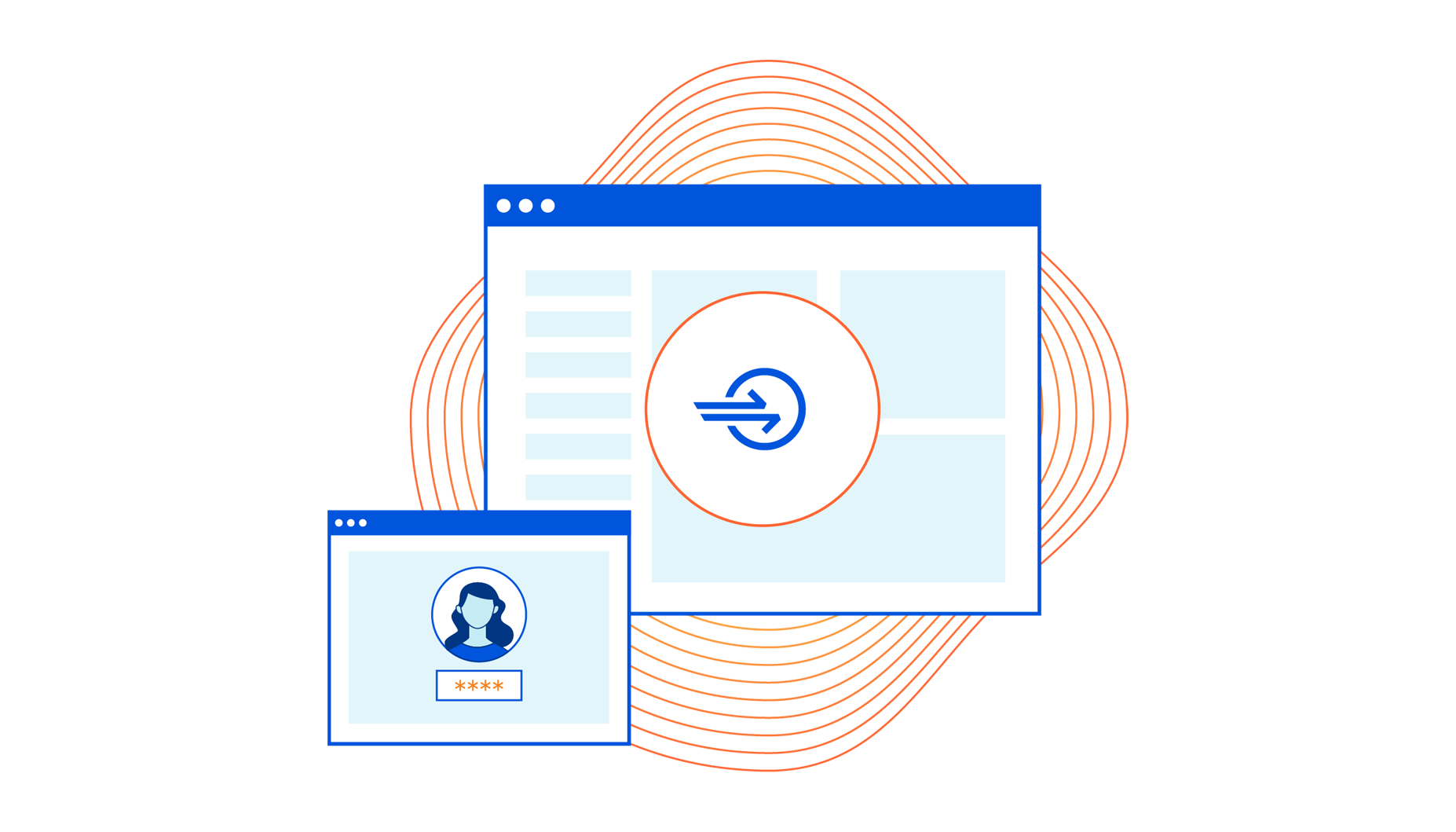
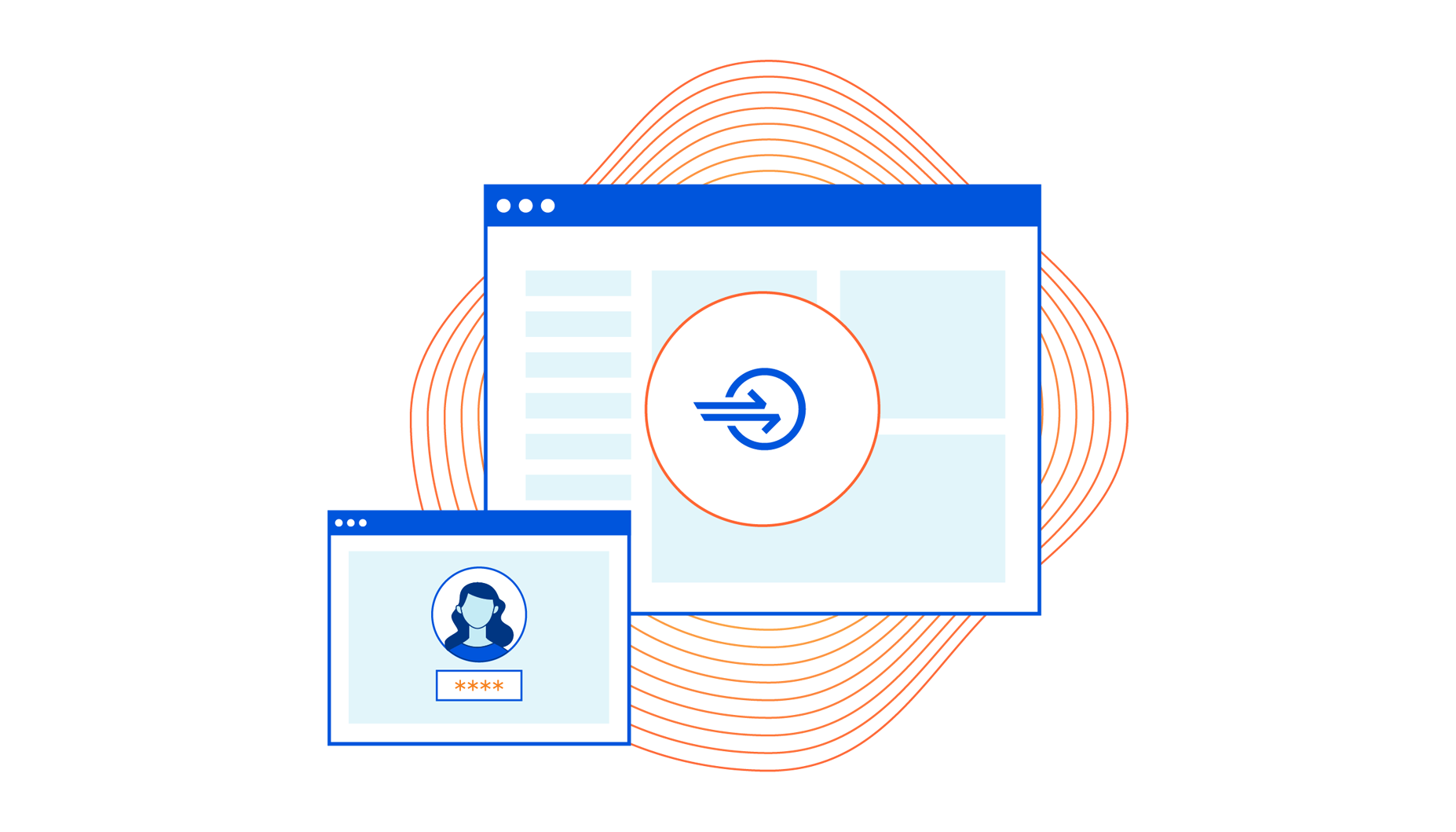
Most teams start that journey by moving the applications that lived on their private networks into this Zero Trust model. Instead of a private network where any user on the network is assumed to be trusted, the applications that use Cloudflare Access now check every attempt against the rules you create. For your end users, this makes these applications just feel like regular SaaS apps, while your security teams have full control and logs.
However, we kept hearing from teams that wanted to use their Access control plane to apply consistent security controls to their SaaS apps, and consolidate logs from self-hosted and SaaS in one place.
We’re excited to give your team the tools to solve that challenge. With Access in front of your SaaS applications, you can build Zero Trust rules that determine who can reach your SaaS applications in the same place where your rules for self-hosted applications and network access live. To make that easier, we are launching guided integrations with the Amazon Web Services (AWS) management console, Zendesk, and Salesforce. In just a few minutes, your team can apply a Zero Trust layer over every resource you use and ensure your logs Continue reading
The First Three Winners from Cloudflare’s Project Jengo 2 Share $20,000
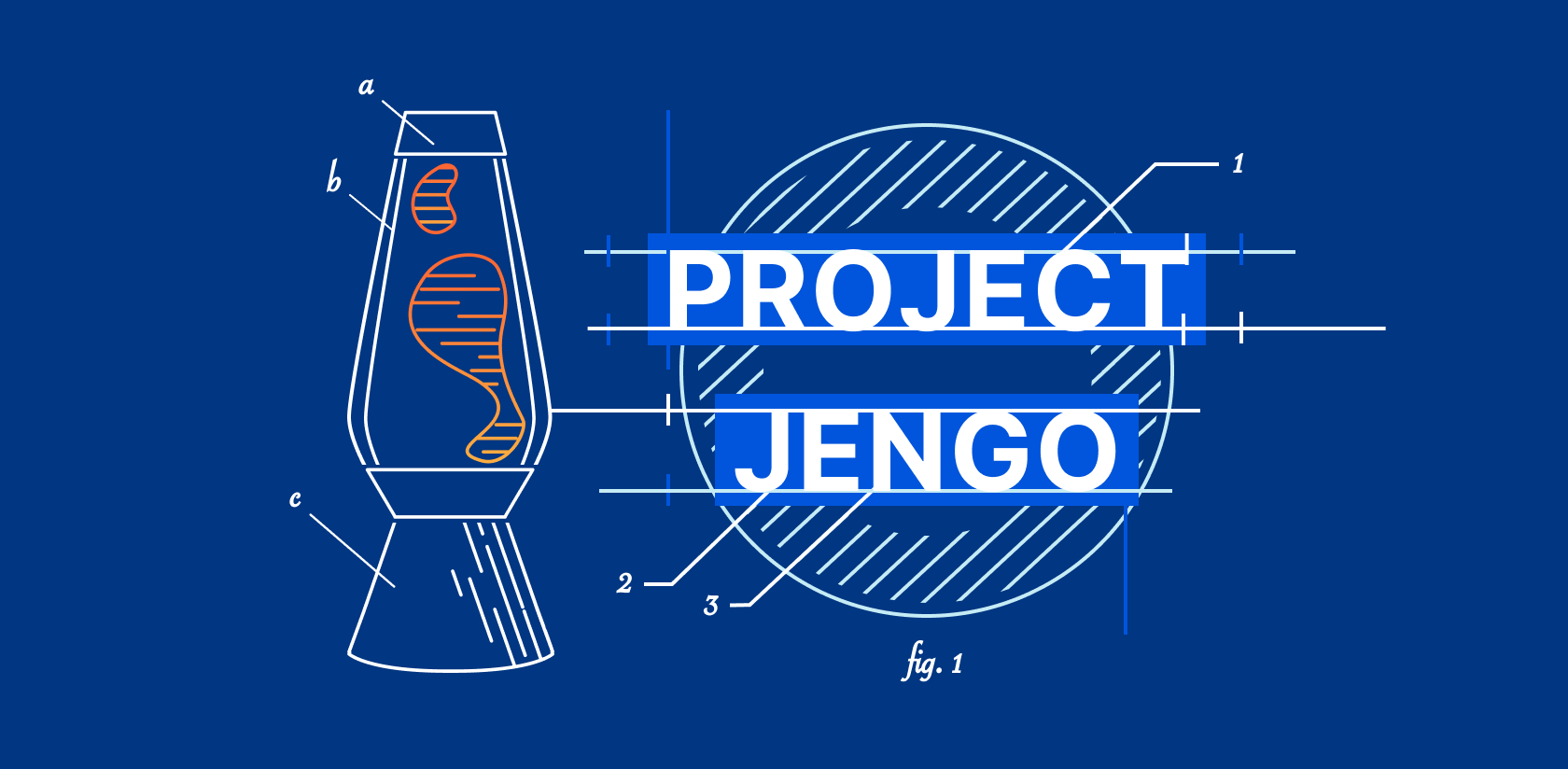

This past April we announced the revival of Project Jengo in response to a patent troll called Sable Networks that sued Cloudflare even though our technology and products are nothing like what’s described in Sable’s patents. This is only one part of Sable’s larger campaign against innovative technology companies — Sable sued five other technology companies earlier this year, and had sued seven other technology companies under the same patents last year.
Just as we have done in the past, we decided to fight back rather than feed the troll — which would only make it stronger. You see, unlike Cloudflare and other operating companies that were sued, Sable Networks isn’t in the business of providing products and services to the market. Rather, it exists to extract settlements out of productive companies that are creating value to the society.
Project Jengo is a prior art search contest where we ask the Cloudflare community for help in finding evidence (“prior art”) that shows Sable’s patents are invalid because they claim something that was already known at the time the patent application was filed. We committed $100,000 in cash prizes to be shared by the winners who were successful in finding Continue reading
Capturing Purpose Justification in Cloudflare Access

The digital world often takes its cues from the real world. For example, there’s a standard question every guard or agent asks when you cross a border—whether it’s a building, a neighborhood, or a country: “What’s the purpose of your visit?” It’s a logical question: sure, the guard knows some information—like who you are (thanks to your ID) and when you’ve arrived—but the context of “why” is equally important. It can set expectations around behavior during your visit, as well as what spaces you should or should not have access to.
Digital access follows suit. Recent data protection regulations, such as the GDPR, have formalized concepts of purpose limitation and data proportionality: people should only access data necessary for a specific stated reason. System owners know people need access to do their job, but especially for particularly sensitive applications, knowing why a login was needed is just as vital as knowing who, when, and how.
Starting today, Cloudflare for Teams administrators can prompt users to enter a justification for accessing an application prior to login. Administrators can add this Continue reading
6 New Ways to Validate Device Posture


Cloudflare for Teams gives your organization the ability to build rules that determine who can reach specified resources. When we first launched, those rules primarily relied on identity. This helped our customers replace their private networks with a model that evaluated every request for who was connecting, but this lacked consideration for how they were connecting.
In March, we began to change that. We announced new integrations that give you the ability to create rules that consider the device as well. Starting today, we’re excited to share that you can now build additional rules that consider several different factors about the device, like its OS, patch status, and domain join or disk encryption status. This has become increasingly important over the last year as more and more people began connecting from home. Powered by the Cloudflare WARP agent, your team now has control over more health factors about the devices that connect to your applications.
Zero Trust is more than just identity
With Cloudflare for Teams, administrators can replace their Virtual Private Networks (VPNs), where users on the network were trusted, with an alternative that does not trust any connection by default—also known as a Zero Trust model.
Customers Continue reading
Introducing Shadow IT Discovery


Your team likely uses more SaaS applications than you realize. The time your administrators spend vetting and approving applications sanctioned for use can suddenly be wasted when users sign up for alternative services and store data in new places. Starting today, you can use Cloudflare for Teams to detect and block unapproved SaaS applications with just two clicks.
Increasing Shadow IT usage
SaaS applications save time and budget for IT departments. Instead of paying for servers to host tools — and having staff ready to monitor, upgrade, and troubleshoot those tools — organizations can sign up for a SaaS equivalent with just a credit card and never worry about hosting or maintenance again.
That same convenience causes a data control problem. Those SaaS applications sit outside any environment that you control; the same reason they are easy for your team is also a potential liability now that your sensitive data is kept by third parties. Most organizations keep this in check through careful audits of the SaaS applications being used. Depending on industry and regulatory impact, IT departments evaluate, approve, and catalog the applications they use.
However, users can intentionally or accidentally bypass those approvals. For example, if your organization Continue reading
Cloudflare Developer Summer Challenge


There are a lot of experiences we have all grown to miss over the last year and a half. After hearing from our community, two of the top experiences they miss are collaborating with peers, and getting Cloudflare swag. Perhaps even in the reverse order! In-person events like conferences were once a key channel to satisfy both these interests, however today’s remote world makes that much harder. But does it have to?
Today, we are excited to introduce the Cloudflare Developer Summer Challenge. We will be rewarding 300 participants with boxes of our most popular swag, while enabling collaboration with other participants through our Workers Discord channel.
To participate, you have to build a project that uses Cloudflare Workers and at least one other product in our rapidly expanding developer platform. We will judge submissions and award swag boxes to those with the most innovative projects, limited to one box per person. The Challenge will be open for submissions between today, and closing November 1, 2021. See a full list of terms and conditions here.

What are the details?
Cloudflare’s developer platform offers all the building blocks to create end-to-end applications with products across compute, storage, and frontend services. To Continue reading
Building the Cloudflare Summer Challenge Application


If you haven’t already heard, we’re hosting the Cloudflare Summer Developer Challenge, a contest for the Cloudflare community at large. Anybody – yes, including you – can sign up for free and compete for a chance to win one of 300 available prizes. To submit you need to use at least two products from the Cloudflare developer platform — which makes this contest a great opportunity to give them a try if you haven’t already! The top 300 submissions will receive a box of our most popular swag, so you should give it a go!
Coincidentally, the Cloudflare Summer Developer Challenge’s landing page and signup workflow qualifies as a valid project submission (so meta), so if you’re looking for some inspiration, this walkthrough will shed some light on how it was built.
Overview
At its core, the application is a series of static HTML pages, most of which have a form to submit, with a backend API to handle those submissions, and a storage layer to persist the data. In a Cloudflare lens, this would point towards using Pages, a Worker, and Workers KV. And while this should be the preferred stack for a project like this, truthfully, this Continue reading
More devices, fewer CAPTCHAs, happier users


Earlier this year we announced that we are committed to making online human verification easier for more users, all around the globe. We want to end the endless loops of selecting buses, traffic lights, and convoluted word diagrams. Not just because humanity wastes 500 years per day on solving other people's machine learning problems, but because we are dedicated to making an Internet that is fast, transparent, and private for everyone. CAPTCHAs are not very human-friendly, being hard to solve for even the most dedicated Internet users. They are extremely difficult to solve for people who don’t speak certain languages, and people who are on mobile devices (which is most users!).
Today, we are taking another step in helping to reduce the Internet’s reliance on CAPTCHAs to prove that you are not a robot. We are expanding the reach of our Cryptographic Attestation of Personhood experiment by adding support for a much wider range of devices. This includes biometric authenticators — like Apple's Face ID, Microsoft Hello, and Android Biometric Authentication. This will let you solve challenges in under five seconds with just a touch of your finger or a view of your face -- without sending this private Continue reading
Introducing Zero-Knowledge Proofs for Private Web Attestation with Cross/Multi-Vendor Hardware


A few weeks ago we introduced Cryptographic Attestation of Personhood to replace CAPTCHAs with USB security keys, and today we announced additional support for on-device biometric hardware. While doing that work, it occurred to us that hardware attestation, proving identity or other properties of a user with a piece of hardware, could have many wider applications beyond just CAPTCHA alternatives and user authentication via WebAuthn. Really, why should someone have to have an account to prove they exist, when their own trusted device can do so?
Attestation in the WebAuthn standard lets websites know that your security key is authentic. It was designed to have good privacy properties baked into policies that must be followed by device manufacturers. The information your security key sends to websites is indistinguishable from that of myriad other keys. Even so, we wanted to do better. If we’re taking attestation out of authentication, then we need to learn only that your security key is authentic — and we’ve designed a new Zero-Knowledge Proof for the browser to do that.
This is part of our work to improve privacy across the Internet. We’ve yet to put this proof of personhood in production, but you can see Continue reading
Introducing Deploy Hooks for Cloudflare Pages


With Cloudflare Pages, deploying your Jamstack applications is easier than ever — integrate with GitHub and a simple git push deploys your site within minutes. However, one of the limitations of Pages was that triggering deployments to your site only happens within the confines of committing to GitHub. We started thinking about how users who author content consistently on their site — our bloggers and writers — may not always be editing their copy directly via the code but perhaps through a different service. Headless content management systems (CMSs) are a simple solution to solve this problem, allowing users to store their backend content through an editing interface as a service for an application like Pages.
It made us wonder: what if we could trigger deployments based on updates made in other places rather than just via GitHub? Today, we are proud to announce a new way to connect your Pages application with your headless CMSs and databases: introducing Deploy Hooks for Pages.
What’s a headless CMS?
Headless CMSs such as Contentful, Ghost and Sanity.io allow optimization of content formatting for any type of interface. With tools like these, you can leverage a “decoupled” content management model where all Continue reading
Cloudflare Helps K-12s Go Back to School


While Federal funding programs focus on providing connectivity to students and staff, security is often an afterthought and reallocating funds to protect the network can become a challenge. We are excited to announce our Back to School initiative to further support our mission to provide performance and security with no trade-offs.
From start to finish, education customers will work with our dedicated Public Sector team, well-versed in the specific technical environments and business needs for K-12 districts. Your IT team will have access to 24/7/365 technical support, emergency response and support during under attack situations, and ongoing training to continuously help improve your security posture and business continuity plans.
Attacks Against K-12 Schools On The Rise
Public schools in the United States, especially K-12s, saw a record-breaking increase in cybersecurity attacks. The K-12 Cyber Incident Map cataloged 408 publicly-disclosed school incidents, including a wide range of cyber attacks; from data breaches to ransomware, phishing attacks, and denial-of-service attacks. This is an 18 percent increase over 2019 and continues the upward trend in attacks since the K-12 Cyber Incident Map started tracking incidents in 2016. To support our public education partners, Cloudflare has created a tailored onboarding experience to help education Continue reading